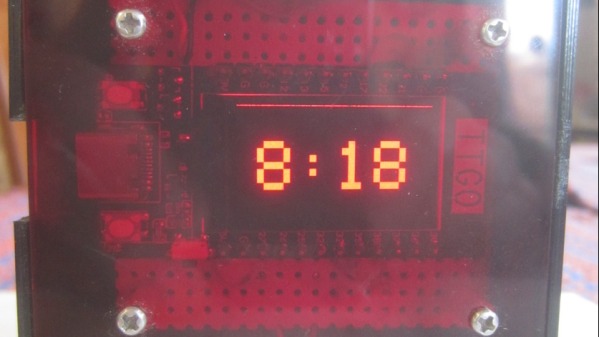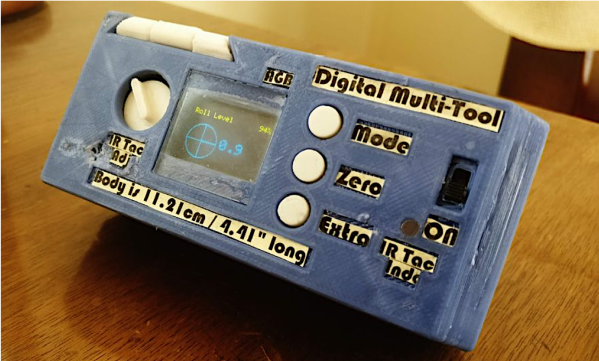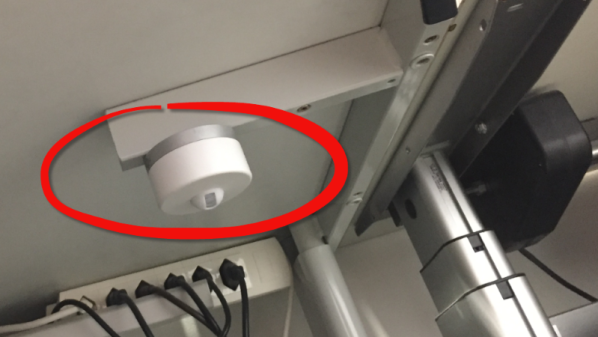A good source of hackable home automation parts has come for a while in the form of inexpensive modules offered by large retailers such as Lidl, or IKEA. They’re readily available and easy to play with, they work with open source hubs, so what’s not to like! As an example, [Circuit Valley] has an IKEA Vallhorn motion sensor for a teardown, it’s as you might expect, a passive infrared sensor (PIR) sensor coupled with a Zigbee interface.
Inside the ultrasonic welded case is a small PCB and a Fresnel lens on the inside of the top cover, and a small PCB for the electronics. We applaud the use of a Swiss Army knife can opener as a spudger. The interesting part comes in identifying the individual components: the Silicon Labs EFR32MG21 SoC is easy enough, but another mystery 8-pin chip is more elusive. The part number suggests an Analog Devices op-amp for signal conditioning the PIR output, but the pinout seems not to support it and from here we think it’s too expensive a part for a budget item like this.
There’s a handy header for talking to the SoC, which we’d love to report is open and ready to be hacked, but we’re not getting too optimistic. Even if not hackable though, we’re guessing many of you find uses for these things. Continue reading “A Look Inside IKEA’s Vallhorn Motion Sensor Teardown”






















